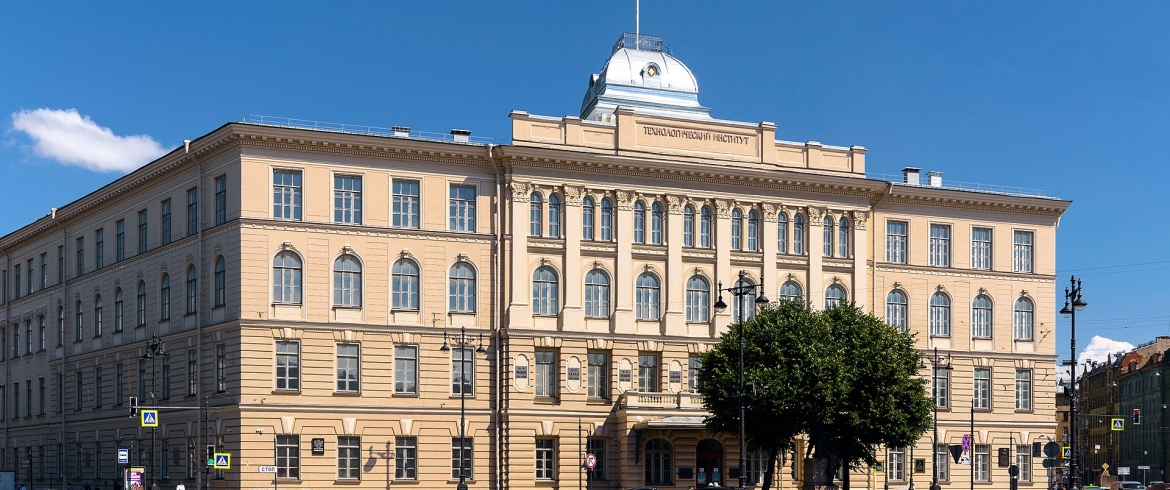Вуз
Technological Institute (SPbGTI (TU)

St. Petersburg State Technological Institute (Technical University) is one of the oldest universities in Russia, which trains specialists in chemistry, chemical technology, biotechnology, nanotechnology, mechanics, information technology, management and economics.
On November 28 (December 10), 1828, by decree of Emperor Nicholas I, the Practical Technological Institute was founded in St. Petersburg, the initiative for creating it belonged to the Minister of Finance E.F. Kankrin. Immediately after the decree, the construction of special buildings began, and by August 1831 a three-story main building, residential buildings and some workshops were ready.
The institute acquired the status of a higher educational institution in 1862. In 1930, the reorganization of higher education took place, and the university combined many chemical departments and departments of other universities and became known as the Leningrad Red Banner Chemical-Technological Institute.
Here were created the country's first departments of "Technology of Plastics" (1929), "Technology of Glass" (1930), and "Synthetic Rubber" (1931). The Institute carried out unique developments in art glass, coatings for the windows of spaceships; the technology of the first Soviet aluminum was developed (1929); received the first blocks of laboratory and industrial synthetic rubber; development for medicine.
Over the years, the institute has trained more than 68 thousand specialists. Over 110 graduates of the institute were elected as academicians and corresponding members of the RAS and branch academies. Many outstanding scientists came out of the walls of the institute, including: D.I. Mendeleev, A.F. Ioffe, V.K. Zvorykin, V.P. Vologdin F.F. Beilstein, I.A. Vyshnegradsky, A.K. Krupsky, A.E. Tabor and many, many others.
Today SPbGTI (TU) is a modern educational and scientific center, where 51 departments and about 1000 employees work, 8000 students, more than 130 graduate students, doctoral students and applicants study. Education at the university is budgetary, as well as on a contract basis.
The university library has 4 reading rooms and a special room for scientific work. The total stock of literature is more than a million copies. The Museum of the Institute, which contains more than 11 thousand exhibits, is dedicated to the nearly 200-year history of SPbGTI (TU).
Before the entrance to the university building there is a monument to the philosopher, publicist, one of the first propagandists of Marxism in Russia, Georgy Plekhanov (1856-1918). A monument to the work of sculptors I.Ya. Gunzburg and M.Ya. Kharlamov was opened in 1925. It captures the speech of Plekhanov at a workers ’demonstration at the Kazan Cathedral on December 6, 1876.